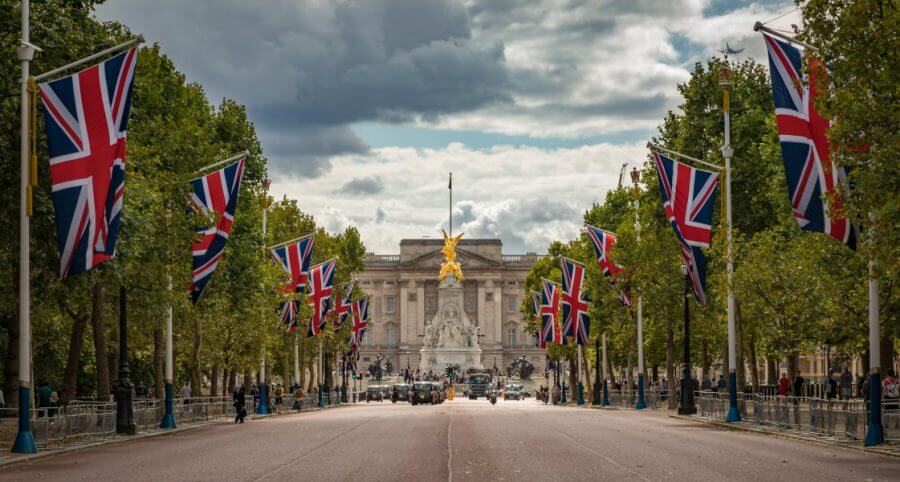Santa Claus, a figure steeped in folklore and tradition, is the embodiment of Christmas spirit and goodwill. Originating from the historical St. Nicholas, a 4th-century Christian bishop known for his generosity, Santa evolved over centuries, merging with various cultural and mythical elements. Recognized by his red suit, jolly demeanor, and white beard, Santa is famed for delivering gifts to children worldwide on Christmas Eve. His legend, enriched by Clement Clarke Moore’s 1823 poem “A Visit from St. Nicholas” and Thomas Nast’s illustrations, continues to captivate imaginations, symbolizing the joy and magic of the holiday season.
Who Is Santa Claus ?
He’s a jolly figure in a red suit, synonymous with childhood dreams and holiday cheer. But who is Santa Claus, really? Where did he come from, and how did he evolve into the global icon we know today? This festive season, let’s delve into the fascinating history of the man in the red coat, untangling the myths and exploring the key questions that still linger around his jolly persona.
From Saint to Santa: Navigating a Murky Past
While Santa Claus is often associated with American culture, his roots stretch much further back, weaving through a tapestry of European folktales and religious figures. One prominent thread leads to Saint Nicholas, a 4th-century bishop from Myra in what is now Turkey, Known for his generosity and compassion, particularly towards children, Saint Nicholas became a symbol of giving and kindness. His feast day, December 6th, gradually evolved into a tradition of gift-giving, laying the foundation for the modern Santa Claus.
Another strand runs through Dutch Sinterklaas, a jovial figure who arrives on a white horse on December 5th. Sinterklaas, dressed in red robes and a bishop’s mitre, hands out treats to good children, accompanied by his mischievous helper Zwarte Piet. Over time, Sinterklaas’s traditions and appearance merged with other European Santa-like figures, including the British Father Christmas, to create the familiar Santa Claus we know today.

American Twists and Coca-Cola Magic:
Santa Claus’s journey across the Atlantic is a story in itself. Dutch settlers brought Sinterklaas traditions to America, where he gradually transformed into Santa Claus. The 19th century saw a surge of poems and stories shaping Santa’s persona, including Clement Clarke Moore’s iconic “A Visit from St. Nicholas” (now known as “Twas the Night Before Christmas”). This poem cemented Santa’s image as a jolly old elf flying in a reindeer-drawn sleigh, delivering presents to children on Christmas Eve.
In the 20th century, Coca-Cola played a pivotal role in shaping our modern visual image of Santa. Artist Haddon Sundblom’s 1931 depiction of a warm, rosy-cheeked Santa in a red suit solidified Santa’s association with the brand and further popularized his current appearance.
Is it Santa Claus’s or Santa Claus’?
Intriguingly, while “Santa Claus” is the most common name, variations exist across the globe. In Britain, he’s Father Christmas, while countries like France and Italy have Père Noël and Babbo Natale, respectively. These variations reflect the cultural adaptations that Santa has undergone, adapting to different languages and traditions while retaining his core spirit of giving and goodwill.
The confusion we experience about whether to use “Santa Claus’s” or “Santa Claus'” is quite common. Here’s a simpler way to understand it: Both ways are actually correct for showing possession with the name Santa Claus.
- When you write “Santa Claus’s,” we’re following a traditional rule in English that adds ‘s to a singular noun, even if it ends in “s.” This is a bit more formal and emphasizes that something belongs to Santa Claus.
- “Santa Claus'” is a more modern and streamlined style. Here, we just add an apostrophe after the “s” at the end of Claus. This style is often preferred for its simplicity and is widely used in media.
So, we can choose either “Santa Claus’s” or “Santa Claus'” based on your preference. Both are grammatically correct and widely accepted.

The Age-Old Question: How Old is Santa?
Since Santa is essentially an immortal figure, pinning down his age is more symbolic than factual. Some say he’s as old as Saint Nicholas, born in the 4th century. Others argue he ages with the Christmas tradition, constantly evolving over time. Ultimately, Santa’s age remains a delightful mystery, adding to his timeless appeal.
Beyond the Myths: Key Questions and Challenges
As Santa’s story continues to evolve, so do the questions surrounding him. Some grapple with the commercialization of Christmas and the pressure to fulfill unrealistic expectations. Others address inclusivity and representation, raising important questions about Santa’s image and how it should reflect the diversity of the world we live in.
These challenges remind us that Santa Claus is more than just a jolly figure in a red suit. He’s a cultural symbol, reflecting our values, aspirations, and evolving societal norms. Engaging with these questions allows us to critically examine the traditions we hold dear while reimagining Santa as a force for good, inclusivity, and joy in the world.

Unwrapping the Magic: A Legacy of Hope and Wonder
Despite the debates and evolving interpretations, Santa Claus remains a powerful symbol of childhood wonder, generosity, and the magic of the holiday season. From the twinkle in children’s eyes as they await his arrival to the warmth of community gatherings fueled by his spirit, Santa continues to weave his magic across cultures and generations. In a world often facing challenges, Santa’s enduring message of hope, kindness, and giving remains a timeless reminder of the simple joys that make life worth celebrating.
More Like This: 50 Heartwarming Merry Christmas Wishes for Your Greeting Cards



GIPHY App Key not set. Please check settings